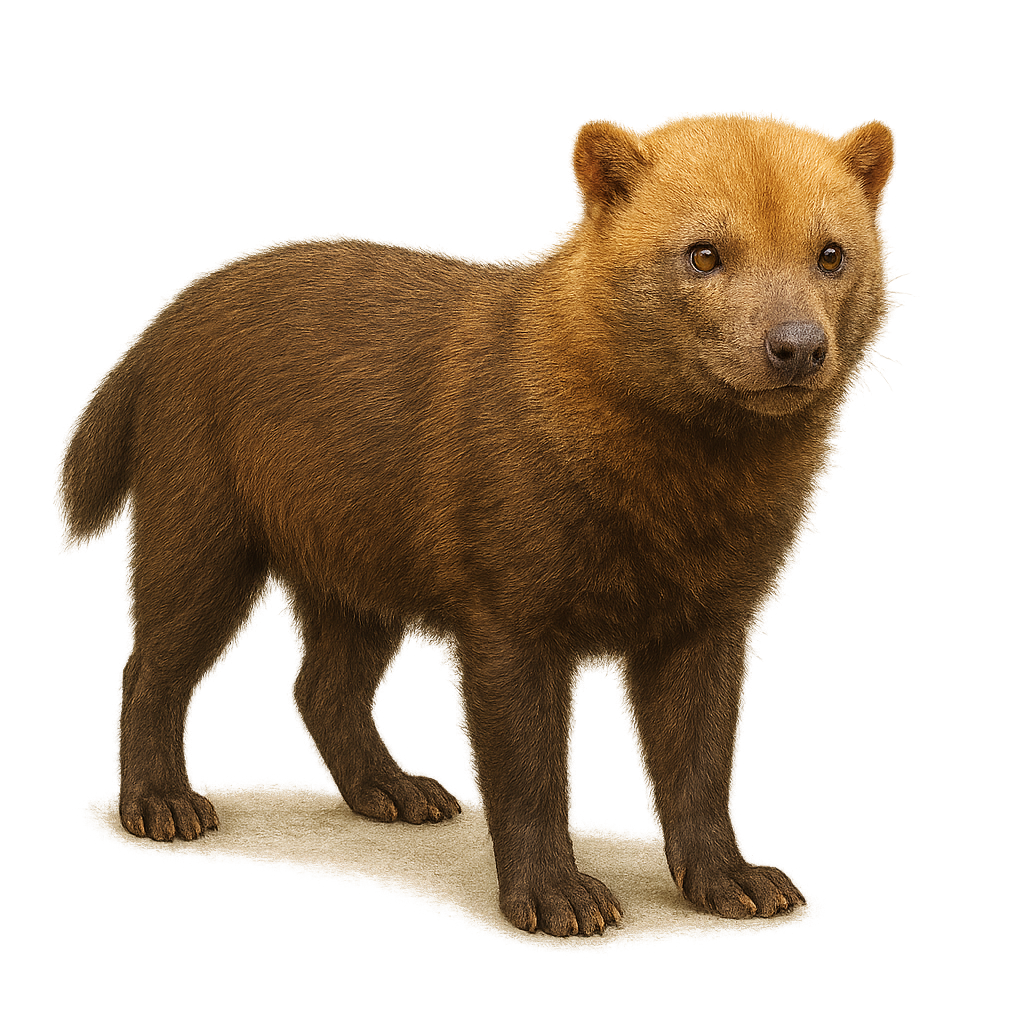Your wildlife photography guide.
Explore the bush dog in detail, study its behavior, prepare your shots.
Where to observe and photograph the bush dog in the wild
Learn where and when to spot the bush dog in the wild, how to identify the species based on distinctive features, and what natural environments it inhabits. The WildlifePhotographer app offers tailored photography tips that reflect the bush dog’s behavior, helping you capture better wildlife images. Explore the full species profile for key information including description, habitat, active periods, and approach techniques.
Bush dog
Scientific name: Speothos venaticus

IUCN Status: Near Threatened
Family: CANIDAE
Group: Mammals
Sensitivity to human approach: Shy
Minimum approach distance: 15 m
Rut period: November to December
Gestation: 65-70 jours
Births: January to March
Habitat:
Tropical forests, wetlands, savannas
Activity period :
Primarily active during the day, with peak activity in the morning and late afternoon.
Identification and description:
The bush dog, or Speothos venaticus, is a medium-sized canid native to South America. It is characterized by its dark brown fur, short legs, and stocky body. Adapted to forest life, it is often found near water, where it hunts in packs. This social predator is known for its ability to take down prey larger than itself, thanks to exceptional coordination within its group. Although elusive, it plays a crucial role in the ecosystem by regulating prey populations. Unfortunately, deforestation and hunting have reduced its numbers, making it vulnerable to extinction.
Recommended lens:
400mm – adjust based on distance, desired framing (portrait or habitat), and approach conditions.
Photography tips:
To photograph the bush dog, it's essential to blend into the environment and remain patient. Use a telephoto lens of 400mm or more to capture detailed images from a distance, as this animal is shy. Favor times of the day when natural light is soft, such as early morning or late afternoon. Pay attention to subtle sounds and movements in the dense vegetation, as these clues can reveal the presence of these canids. Finally, always respect the safety distance to avoid disturbing their natural behavior.
The WildlifePhotographer App is coming soon!
Be the first to explore the best nature spots, track rutting seasons, log your observations, and observe more wildlife.
Already 1 429 wildlife lovers subscribed worldwide

